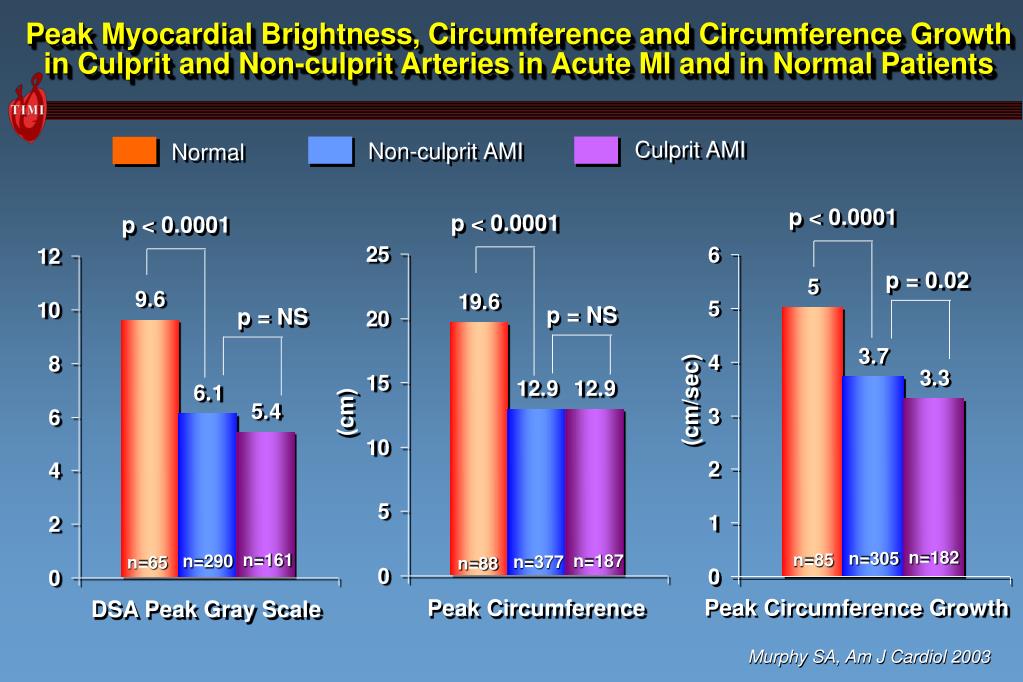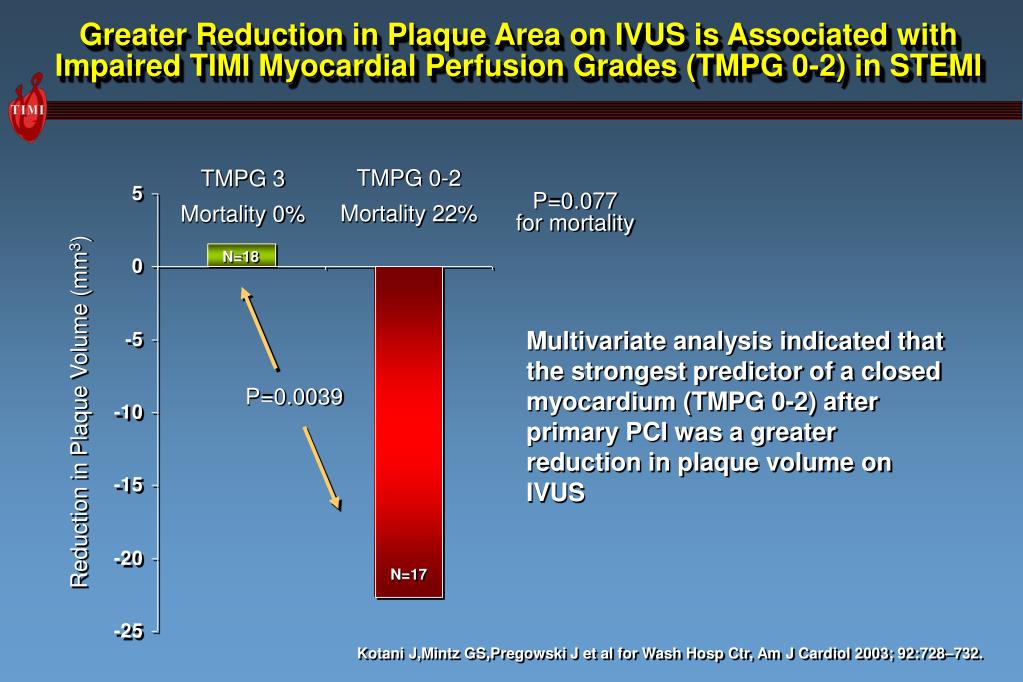

Key causative factors for this failure were identified.We investigated the impact of pre-percutaneous coronary intervention (pre-PCI) thrombolysis in myocardial infarction (TIMI) flow grade (pre-TIMI) on 3-month (3-mo) and 12-mo of dual antiplatelet therapy (DAPT) in patients with acute myocardial infarction (AMI). No cases of inappropriate thrombolysis were recorded.Ĭonclusions Transfer of responsibility for thrombolysis to the ED doctors did not improve door–needle times despite measures introduced to facilitate this change. Significant delays were predicted by ‘incorrect initial ECG interpretation’ (adjusted OR (aOR) 14.3), ‘inappropriate triage’ (aOR 10.4) and ‘multiple referrals’ (aOR 5.9). Median door–needle times were 54 and 48 min, respectively (p=0.76). Results 297 patients were thrombolysed, 169 by the medical on-call team during the 1st study period and 128 by the ED doctors during the 2nd study period. All cases were analysed for factors of delay by multiple logistic regression. Door-to-needle times for the 1st and 2nd study periods were compared. Data were then consecutively collected from September 2008 to May 2009 (2nd study period). The practice change was accompanied by new guidelines, tick chart implementation, and training sessions. In September 2008, ED doctors were empowered to perform thrombolysis. Methodology Data on medical on-call team-led thrombolysis at a tertiary Asian hospital were prospectively collected from May 2007 to Aug 2008 (1st study period). Objectives To assess the effect on door–needle times by transferring responsibility for thrombolysis to the ED doctors and to identify predictors of prolonged door–needle times. Data on emergency department (ED) doctor-led thrombolysis in developing countries and factors causing delay are limited. Introduction Achieving target door–needle times for ST elevation myocardial infarction remains challenging. This shows that DNT was longer after transferring to CCU. The DNT is higher than the standard level and higher than the estimated level in the past. Furthermore, DNT mean in this study is significantly more than a study conducted 8 years ago in the same hospital (P <0.01). In sum, the DNT was estimated 84.48 ± 53.00 min ranged 30-325 min that was significantly more than standard DNT (P <0.01).


The time between transferring the patients to CCU ward and fibrinolytic administration order and the time between its ordering and infusion was 31.2 min and 14.0 min respectively. The mean time interval between arrival at the hospital and electrocardiogram (ECG) assessment was 6.30 min, taking ECG and patient's admission was 21.6 min and transferring the patient from admission to CCU ward was 31.9. This study was carried out on a sample of Iranian patients with acute myocardial infarction to determine the DNT in those after changing schedule of thrombolysis during 8 years from emergency to coronary care unit (CCU).Ī descriptive cross-sectional study was carried out on all consecutive patients with a confirmed diagnosis of acute myocardial infarction admitted to the emergency ward of Ekbatan Hospital in Hamadan, Iran, within 2011 and had an indication of fibrinolytic therapy, which 47 patients were finally indicated to receive streptokinase in the part of CCU. The door-to-needle-time (DNT) is considered a standard time for scheduling thrombolysis for acute ST-segment elevation of myocardial infarction and this time can be reduced by minimizing the delay in starting thrombolytic treatment once the patient has reached to the hospital.


 0 kommentar(er)
0 kommentar(er)
